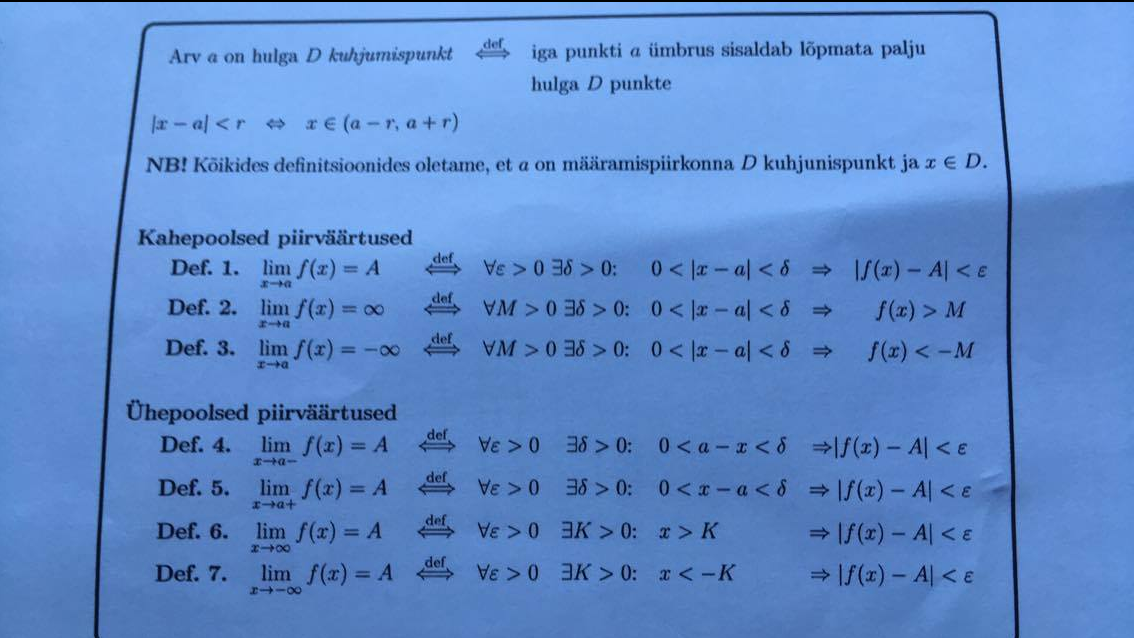You are using an out of date browser. It may not display this or other websites correctly.
You should upgrade or use an alternative browser.
You should upgrade or use an alternative browser.
Use the limit epsilon delta definition
- Thread starter Fiestar
- Start date
- Joined
- Apr 12, 2005
- Messages
- 11,339
\(\displaystyle \iff |x-3| < \epsilon\cdot\dfrac{|4x-13|}{33}\)
How big can |4x-13| be? It is unlimited. However, if we agree to ignore things too far away, we can limit the response.
Let's decide that we really don't care about large \(\displaystyle \delta\). Maybe, \(\displaystyle \delta = 1\) is as far as we care to consider. This gives us only \(\displaystyle x\in(2,4)\). Thus, what is max(|4x-1|) on (2,4)?
Edit: Second thought, maybe 1 is too big. Let's keep it to 0.2 and avoid the singularity at 3.25.
How big can |4x-13| be? It is unlimited. However, if we agree to ignore things too far away, we can limit the response.
Let's decide that we really don't care about large \(\displaystyle \delta\). Maybe, \(\displaystyle \delta = 1\) is as far as we care to consider. This gives us only \(\displaystyle x\in(2,4)\). Thus, what is max(|4x-1|) on (2,4)?
Edit: Second thought, maybe 1 is too big. Let's keep it to 0.2 and avoid the singularity at 3.25.
Last edited:
I don't quite understand what u mean by your statement, could you elaborate?
and for those who wanted to see how far I got

A little more detail than tkhunny initially gave: First we don't have to show for all delta, just that there exists one. So, if we can show that if x is between 2.9 and 3.1 exclusive [EDIT: I didn't catch it at first either, just assumed an interval (2,4) was ok. So reading tkhunny's next post, I changed the interval.] If we knew the minimum, call it A, of |x-13| in that interval we could say
\(\displaystyle |\,{\frac{x-3}{x-13}}\,\,\, |\lt\, 33\, \frac{|x-3|}{A}\)
thus
\(\displaystyle {|x-3|}\, \lt\,\, \dfrac{A}{33}\,\, \epsilon\)
That is not quite sufficient. Consider what delta you would choose if epsilon were very large, i.e. if epsilon were 3*106, the above would give a delta of approximately 106. If all we are going to do is restrict |x-3| to be less than 106 [or even 20], our function would become unbounded on that interval.
Last edited:


